Home>Furniture & Design>Outdoor Furniture>How Do Outdoor Ac Units Work
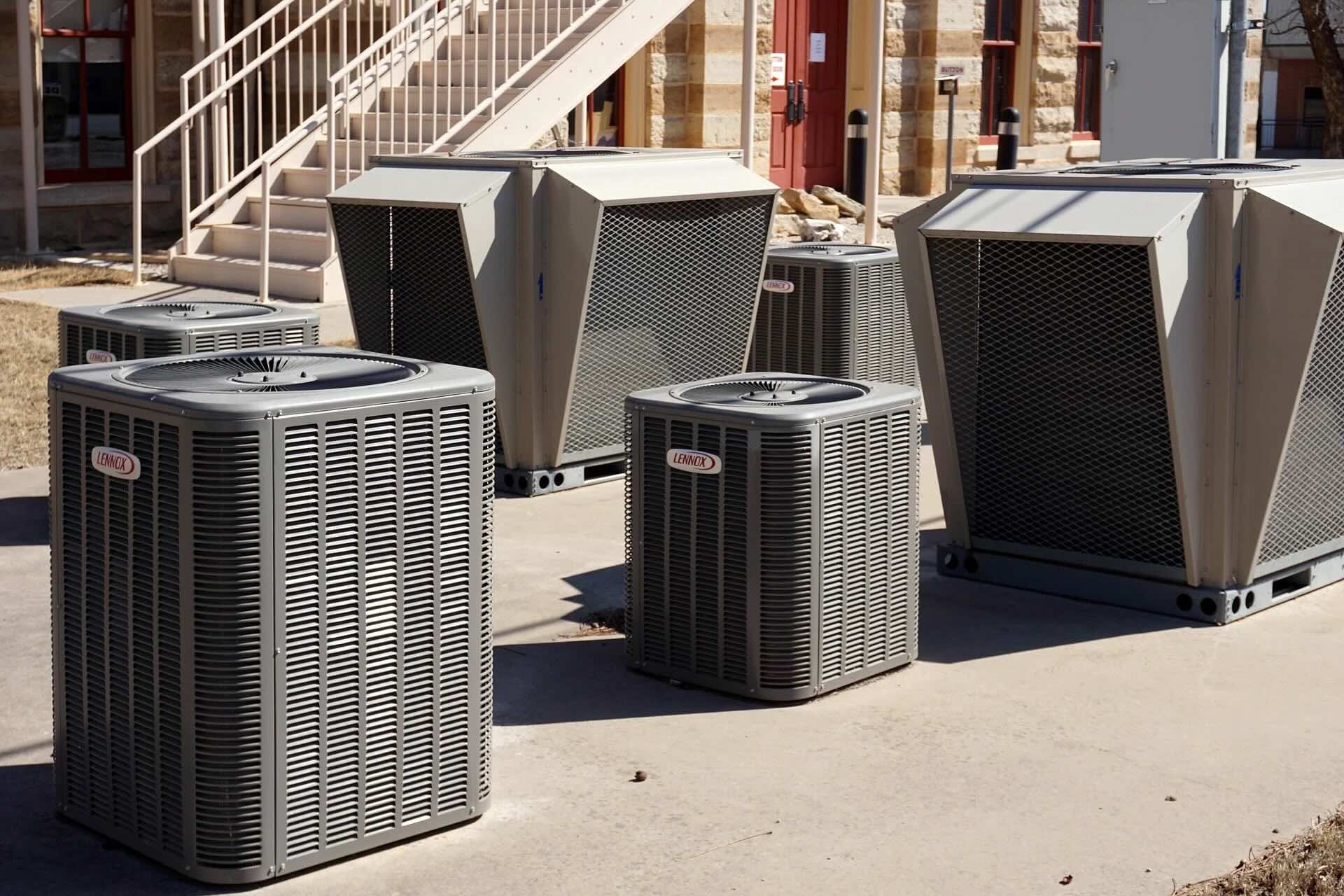

Outdoor Furniture
How Do Outdoor Ac Units Work
Modified: February 16, 2024
Learn how outdoor AC units work and their importance in maintaining a comfortable outdoor environment. Discover tips for choosing the right outdoor furniture and design to enhance your outdoor living space.
(Many of the links in this article redirect to a specific reviewed product. Your purchase of these products through affiliate links helps to generate commission for Storables.com, at no extra cost. Learn more)
Introduction
Outdoor air conditioning (AC) units are essential for maintaining a comfortable environment in homes, offices, and various commercial spaces. These units work tirelessly to keep indoor spaces cool and comfortable, especially during scorching summer months. Understanding how outdoor AC units function can provide valuable insights into their operation and maintenance, enabling users to make informed decisions and ensure optimal performance.
In this article, we will delve into the intricate workings of outdoor AC units, exploring the fundamental components, the refrigeration cycle, airflow and heat exchange mechanisms, electrical components and controls, as well as maintenance and troubleshooting tips. By gaining a comprehensive understanding of these aspects, individuals can enhance the efficiency and longevity of their outdoor AC units, ultimately contributing to a more sustainable and cost-effective cooling solution.
Let's embark on a journey to unravel the inner workings of outdoor AC units, shedding light on the mechanisms that enable them to transform hot, muggy air into a refreshing indoor oasis.
Key Takeaways:
- Outdoor AC units work by circulating refrigerant through components like the compressor, condenser coil, expansion valve, and evaporator coil to transform hot air into cool, refreshing indoor air.
- Regular maintenance, including cleaning, coil inspection, and refrigerant level checks, is crucial for ensuring the longevity and optimal performance of outdoor AC units. Prompt troubleshooting and addressing issues are also essential for preserving the unit’s efficiency.
Read more: How Do Portable AC Units Work
Basic Components of an Outdoor AC Unit
Outdoor AC units consist of several essential components that work in harmony to facilitate the cooling process. Understanding these components is crucial for comprehending the unit’s overall functionality.
- Compressor: This vital component is often referred to as the heart of the AC unit. The compressor is responsible for circulating the refrigerant, a key player in the cooling process. It pressurizes the refrigerant, transforming it into a high-pressure, high-temperature gas before passing it to the condenser.
- Condenser Coil: The condenser coil plays a pivotal role in dissipating heat. As the high-pressure refrigerant gas enters the condenser, it releases heat and transforms into a high-pressure liquid. This liquid is then directed to the expansion valve.
- Expansion Valve: This component regulates the flow of the refrigerant into the evaporator coil. By reducing the pressure of the refrigerant, the expansion valve enables it to expand and cool rapidly, preparing it for the next stage of the refrigeration cycle.
- Evaporator Coil: As the refrigerant enters the evaporator coil, it absorbs heat from the indoor air, effectively cooling it. The now-cooled air is then circulated back into the indoor space, contributing to a comfortable temperature.
- Fan: The outdoor AC unit is equipped with a fan that facilitates the dissipation of heat from the condenser coil. By expelling hot air into the surrounding environment, the fan aids in maintaining the optimal operating conditions of the condenser coil.
These components form the backbone of an outdoor AC unit, working together seamlessly to achieve the desired cooling effect. Understanding their functions provides valuable insights into the intricate process of transforming warm, humid air into a refreshing indoor climate.
The Refrigeration Cycle
The refrigeration cycle is the cornerstone of an outdoor AC unit’s cooling process. This intricate cycle involves the continuous circulation and transformation of the refrigerant, enabling the unit to extract heat from the indoor air and expel it outdoors, thus cooling the indoor environment.
The cycle begins with the compressor, which pressurizes the refrigerant, transforming it into a high-pressure, high-temperature gas. This gas then flows into the condenser coil, where it releases heat and condenses into a high-pressure liquid. The liquid refrigerant then moves through the expansion valve, which regulates its flow into the evaporator coil. As the refrigerant enters the evaporator coil, it undergoes a rapid expansion, causing it to absorb heat from the indoor air. This process cools the air, which is then circulated back into the indoor space.
After absorbing heat, the refrigerant returns to the compressor to restart the cycle. This continuous circulation of the refrigerant enables the outdoor AC unit to maintain a consistent and comfortable indoor temperature, regardless of the external weather conditions.
Understanding the refrigeration cycle provides valuable insights into the inner workings of an outdoor AC unit, highlighting the pivotal role of the refrigerant in facilitating the cooling process. By comprehending this cycle, users can gain a deeper appreciation for the unit’s ability to transform warm, stagnant air into a refreshing and invigorating indoor environment.
Airflow and Heat Exchange
Airflow and heat exchange play crucial roles in the operation of outdoor AC units, contributing to the efficient transfer of heat and the circulation of cooled air. Understanding these mechanisms is essential for comprehending the unit’s overall functionality.
Once the refrigerant in the condenser coil releases heat and transforms into a high-pressure liquid, the outdoor AC unit’s fan comes into play. The fan expels hot air from the condenser coil, facilitating the dissipation of heat into the surrounding environment. This process ensures that the refrigerant is ready to absorb more heat during the next cycle, maintaining the unit’s cooling efficiency.
Simultaneously, the evaporator coil facilitates the exchange of heat by rapidly cooling the indoor air. As the refrigerant absorbs heat from the indoor air, the now-cooled air is circulated back into the indoor space, contributing to a comfortable and refreshing environment.
Effective airflow is essential for optimizing the heat exchange process. By expelling hot air from the condenser coil and circulating cooled air into the indoor space, the outdoor AC unit ensures a continuous and efficient cooling cycle. Maintaining unobstructed airflow around the unit is crucial for maximizing its performance and longevity.
Understanding the interplay between airflow and heat exchange provides valuable insights into the mechanisms that enable outdoor AC units to transform warm, stagnant air into a cool and invigorating indoor atmosphere. By comprehending these processes, users can appreciate the unit’s ability to create a comfortable indoor environment, even amidst sweltering outdoor temperatures.
Electrical Components and Controls
Outdoor AC units are equipped with a range of electrical components and controls that play integral roles in regulating the unit’s operation and ensuring optimal performance. Understanding these elements is vital for comprehending the unit’s electrical infrastructure and its impact on overall functionality.
Thermostat: The thermostat serves as the control center for the AC unit, enabling users to set and regulate the desired indoor temperature. It communicates with the unit, prompting it to initiate the cooling process when the indoor temperature exceeds the specified threshold.
Capacitor: The capacitor is responsible for initiating the startup of the compressor and fan motors. It stores electrical energy and releases it to kick-start the motors, enabling the unit to begin the cooling cycle.
Contactors: These electrical relays are pivotal for controlling the flow of electricity to the compressor and fan motors. They engage and disengage the electrical circuits, facilitating the smooth operation of these vital components.
Run Capacitor: This component provides a continuous electrical charge to the motors, ensuring their consistent and efficient operation throughout the cooling cycle.
Control Board: The control board serves as the nerve center of the AC unit’s electrical system, coordinating the operation of various components and ensuring seamless communication between the thermostat, capacitor, contactors, and other electrical elements.
Understanding the function and significance of these electrical components and controls is essential for comprehending the intricate electrical infrastructure that enables outdoor AC units to maintain a comfortable indoor environment. By gaining insights into these elements, users can appreciate the unit’s reliance on electrical systems and the role they play in sustaining efficient and effective cooling performance.
Regular maintenance of your outdoor AC unit is essential for its proper functioning. Keep the unit clean, clear of debris, and have it serviced annually to ensure optimal performance and efficiency.
Read more: How Does A AC Compressor Work
Maintenance and Troubleshooting
Maintaining an outdoor AC unit is crucial for ensuring its longevity and optimal performance. Regular maintenance and prompt troubleshooting can prevent potential issues and contribute to a consistently comfortable indoor environment. Here are essential maintenance tasks and troubleshooting tips for outdoor AC units:
Maintenance
- Regular Cleaning: Keeping the outdoor unit free of debris, dirt, and foliage is essential for maintaining unobstructed airflow and heat exchange. Regularly cleaning the unit’s exterior and removing any accumulated debris can optimize its performance.
- Coil Inspection: Periodically inspecting the condenser and evaporator coils for dirt and debris buildup is crucial. Dirty coils can hinder heat exchange and reduce the unit’s efficiency. Cleaning or professional coil maintenance may be necessary to ensure optimal performance.
- Refrigerant Level Check: Monitoring the refrigerant level is important for detecting potential leaks or insufficient refrigerant, both of which can compromise the unit’s cooling capacity. Professional inspection and recharging may be required to address refrigerant issues.
- Electrical System Inspection: Regularly inspecting the electrical components, wiring, and connections can help identify potential issues before they escalate. Loose connections, worn-out components, or electrical malfunctions can be addressed through professional maintenance and repairs.
- Professional Maintenance: Scheduling annual professional maintenance by certified technicians is advisable. Professional inspections, cleaning, and tune-ups can address potential issues and ensure the unit’s optimal performance and longevity.
Troubleshooting
- Inadequate Cooling: If the unit fails to cool the indoor space effectively, check for dirty coils, clogged filters, or refrigerant leaks. Professional maintenance may be necessary to address these issues and restore cooling efficiency.
- Unusual Noises: Unusual sounds such as rattling, grinding, or squealing may indicate mechanical or electrical issues. Prompt inspection by a professional technician can diagnose and resolve these issues before they worsen.
- Faulty Electrical Components: If the unit fails to start or experiences electrical malfunctions, inspect the thermostat, capacitors, contactors, and control board. Professional troubleshooting and repairs may be necessary to rectify electrical issues.
- Poor Airflow: Insufficient airflow may be caused by clogged filters, obstructed vents, or fan malfunctions. Regular filter replacement and professional inspection of the unit’s airflow components can address these issues.
- Refrigerant Leaks: If the unit experiences refrigerant leaks, reduced cooling capacity, or ice buildup, professional inspection and repair are essential to address the leaks and recharge the refrigerant as needed.
By prioritizing regular maintenance and promptly addressing potential issues through troubleshooting and professional inspections, users can ensure the longevity and optimal performance of their outdoor AC units, contributing to a consistently comfortable indoor environment.
Conclusion
Outdoor AC units are indispensable for maintaining a comfortable indoor environment, especially during hot and humid weather. By gaining insights into the fundamental components, the refrigeration cycle, airflow and heat exchange mechanisms, electrical components and controls, as well as maintenance and troubleshooting tips, users can develop a deeper understanding of these essential cooling systems.
Understanding the intricate workings of outdoor AC units empowers users to make informed decisions regarding maintenance, troubleshooting, and overall usage. By recognizing the vital role of components such as the compressor, condenser coil, expansion valve, evaporator coil, fan, thermostat, capacitors, contactors, and control board, individuals can appreciate the unit’s reliance on seamless interactions between mechanical and electrical elements to achieve efficient cooling.
Moreover, comprehending the refrigeration cycle and the interplay between airflow and heat exchange provides valuable insights into the mechanisms that enable outdoor AC units to transform warm, stagnant air into a refreshing indoor oasis. By prioritizing regular maintenance, including cleaning, coil inspection, refrigerant level checks, and professional tune-ups, users can contribute to the unit’s longevity and sustained performance.
Furthermore, prompt troubleshooting and addressing issues related to inadequate cooling, unusual noises, faulty electrical components, poor airflow, and refrigerant leaks are essential for preserving the unit’s efficiency and addressing potential malfunctions.
By embracing a proactive approach to outdoor AC unit maintenance and troubleshooting, individuals can ensure a consistently comfortable indoor environment, optimize energy efficiency, and extend the unit’s lifespan. This comprehensive understanding and proactive maintenance approach ultimately contribute to sustainable and cost-effective cooling solutions, enhancing both comfort and environmental responsibility.
In conclusion, delving into the inner workings of outdoor AC units provides a deeper appreciation for the intricate systems that enable these units to create a cool and inviting indoor atmosphere, even amidst sweltering outdoor conditions.
Frequently Asked Questions about How Do Outdoor Ac Units Work
Was this page helpful?
At Storables.com, we guarantee accurate and reliable information. Our content, validated by Expert Board Contributors, is crafted following stringent Editorial Policies. We're committed to providing you with well-researched, expert-backed insights for all your informational needs.
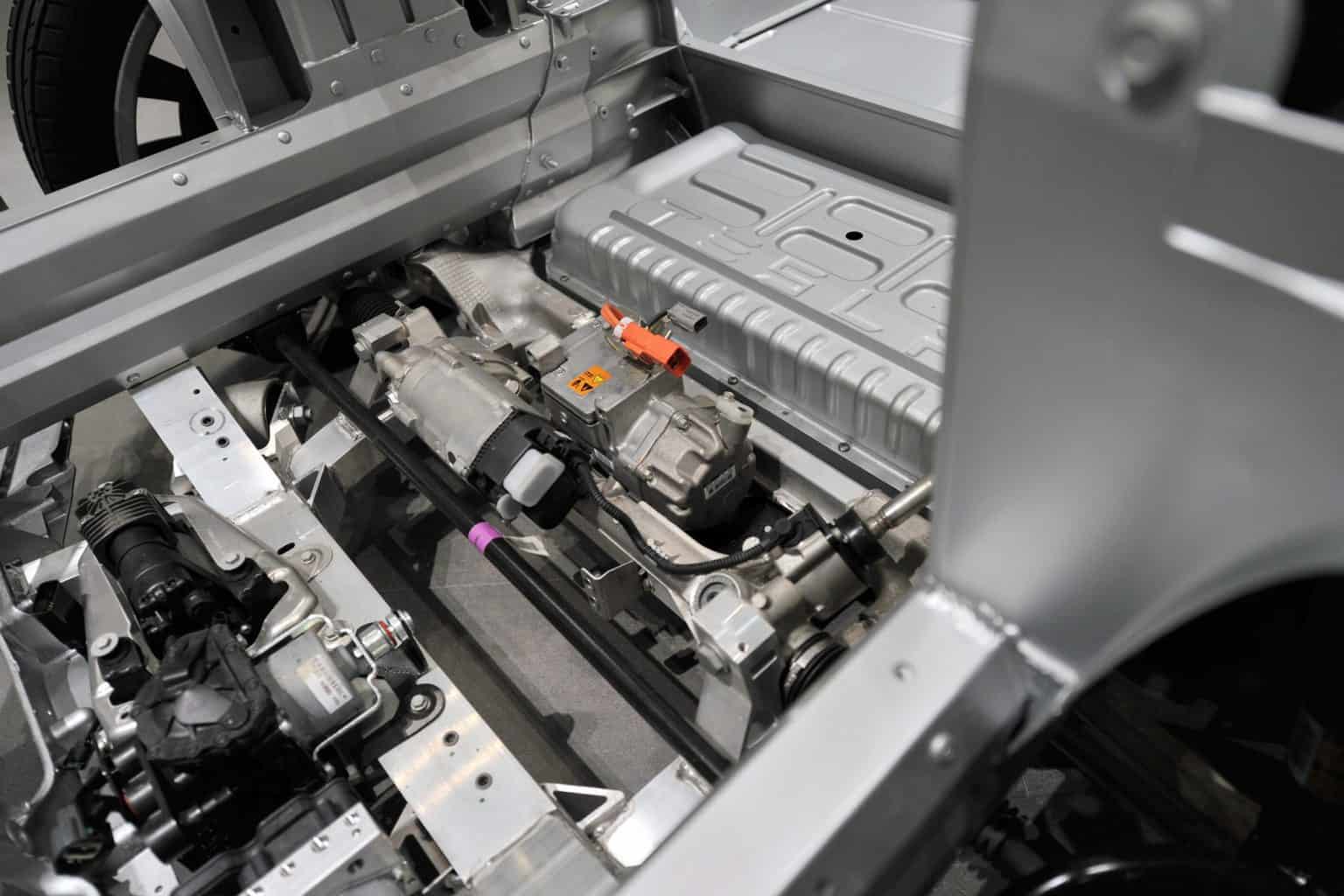
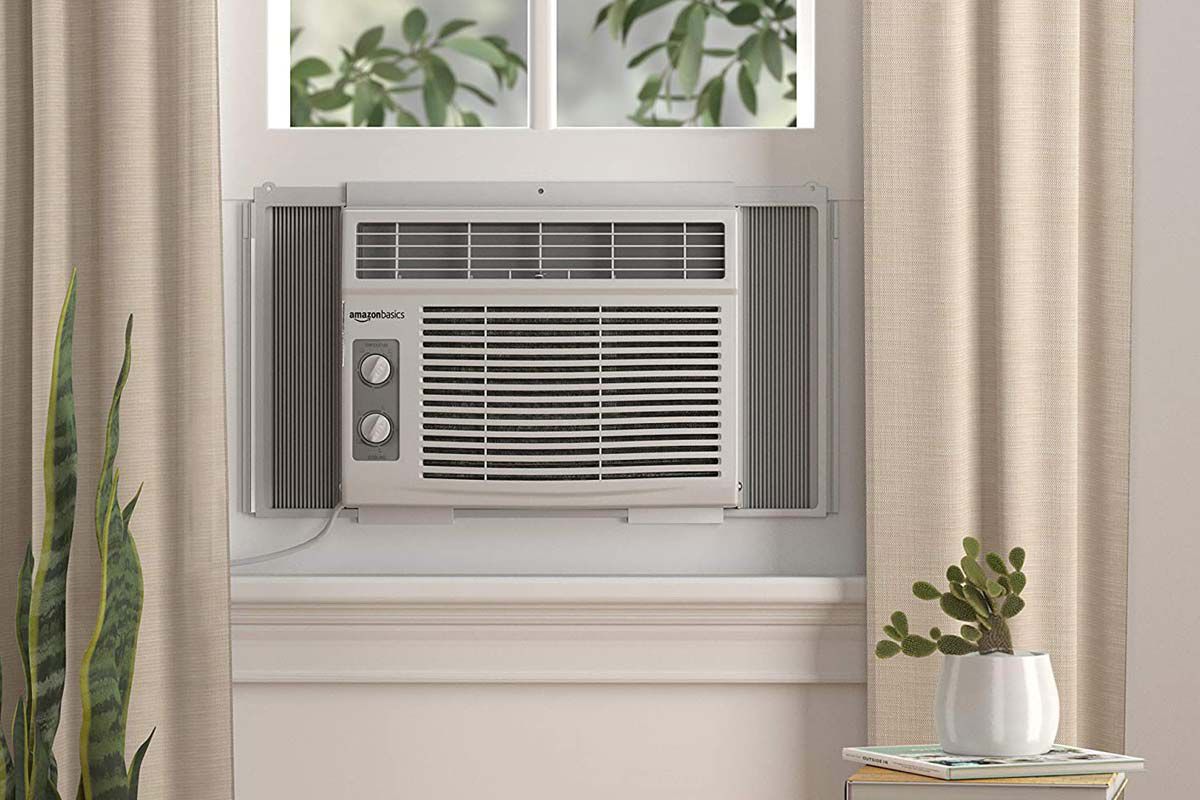
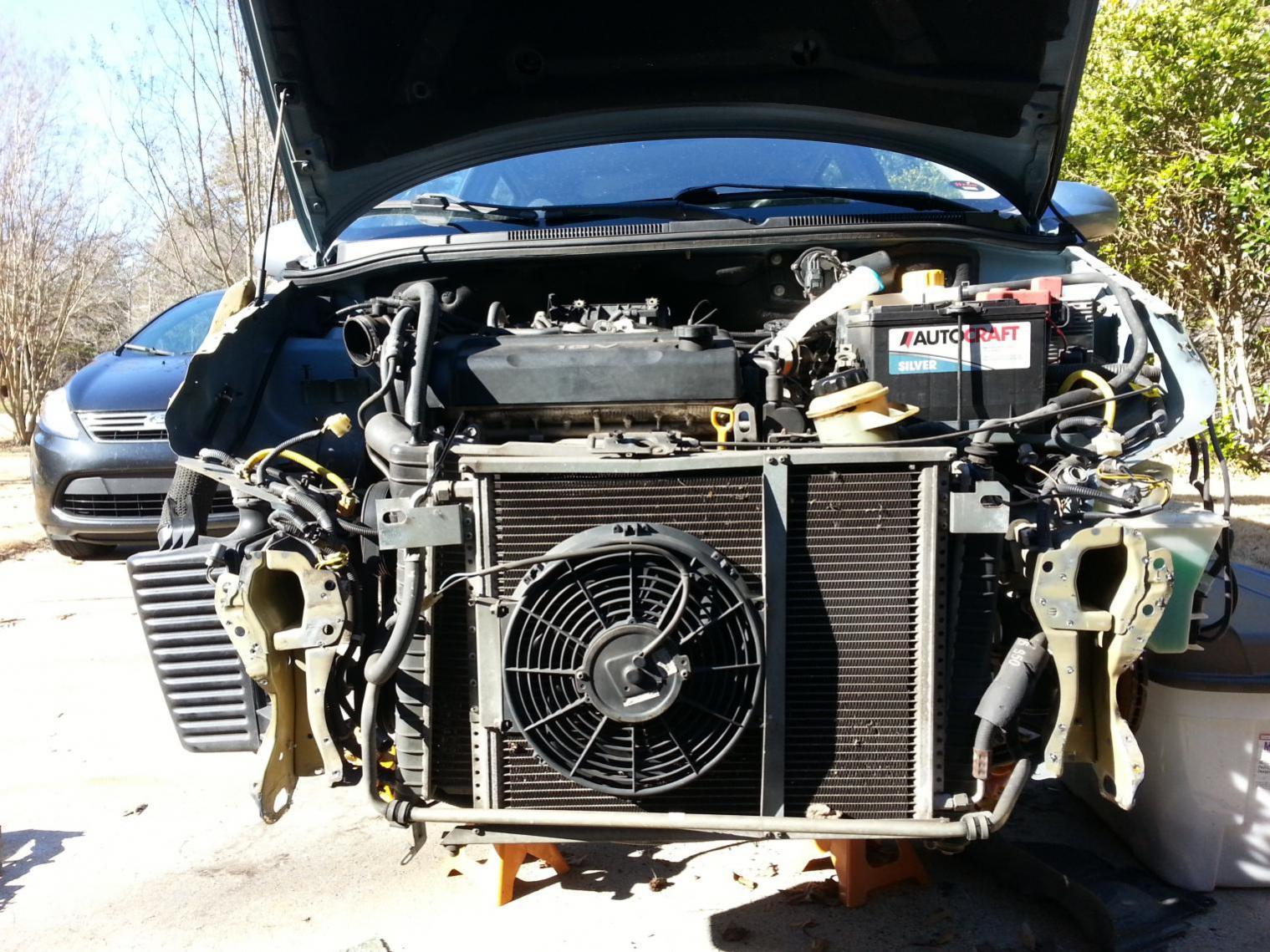
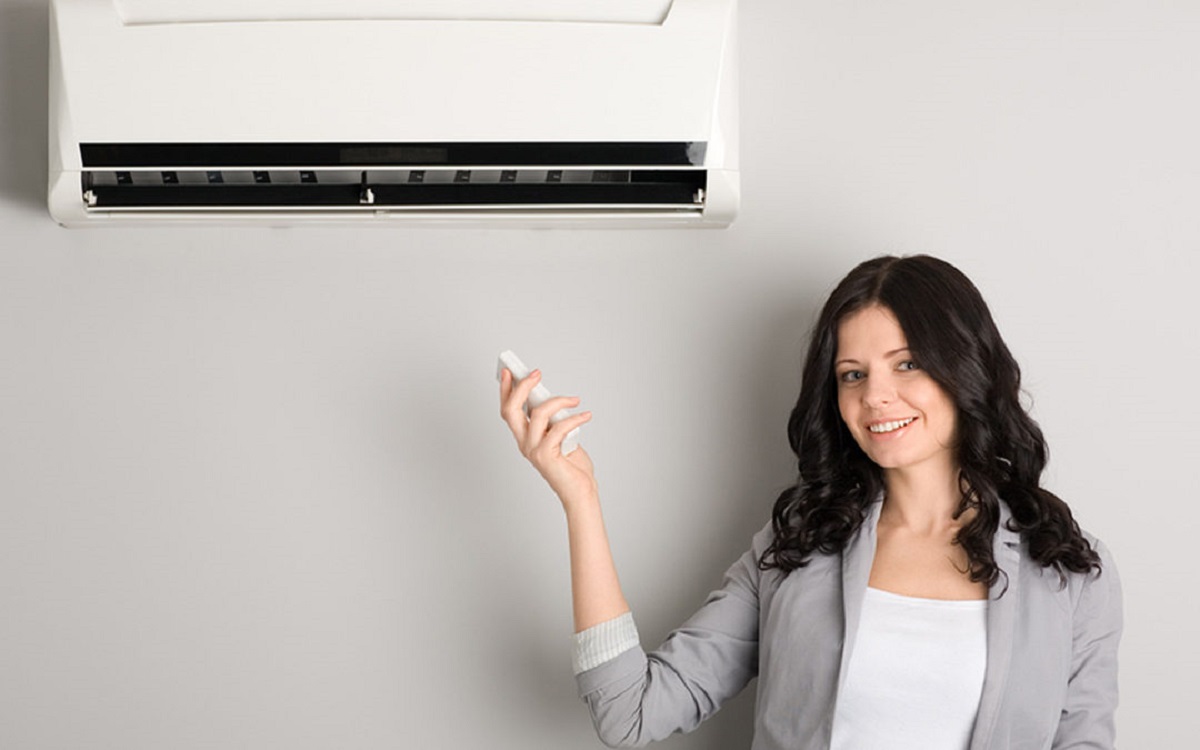
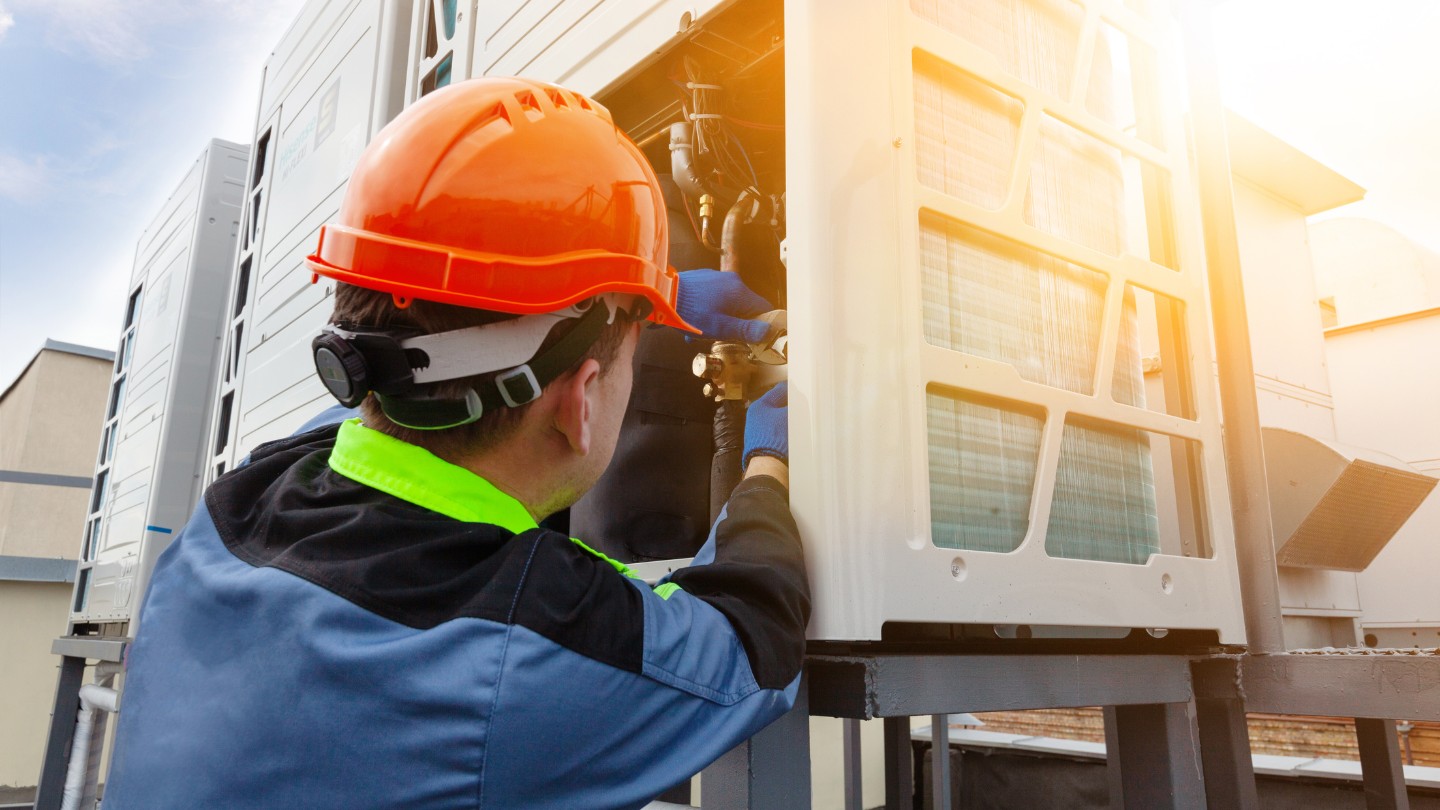
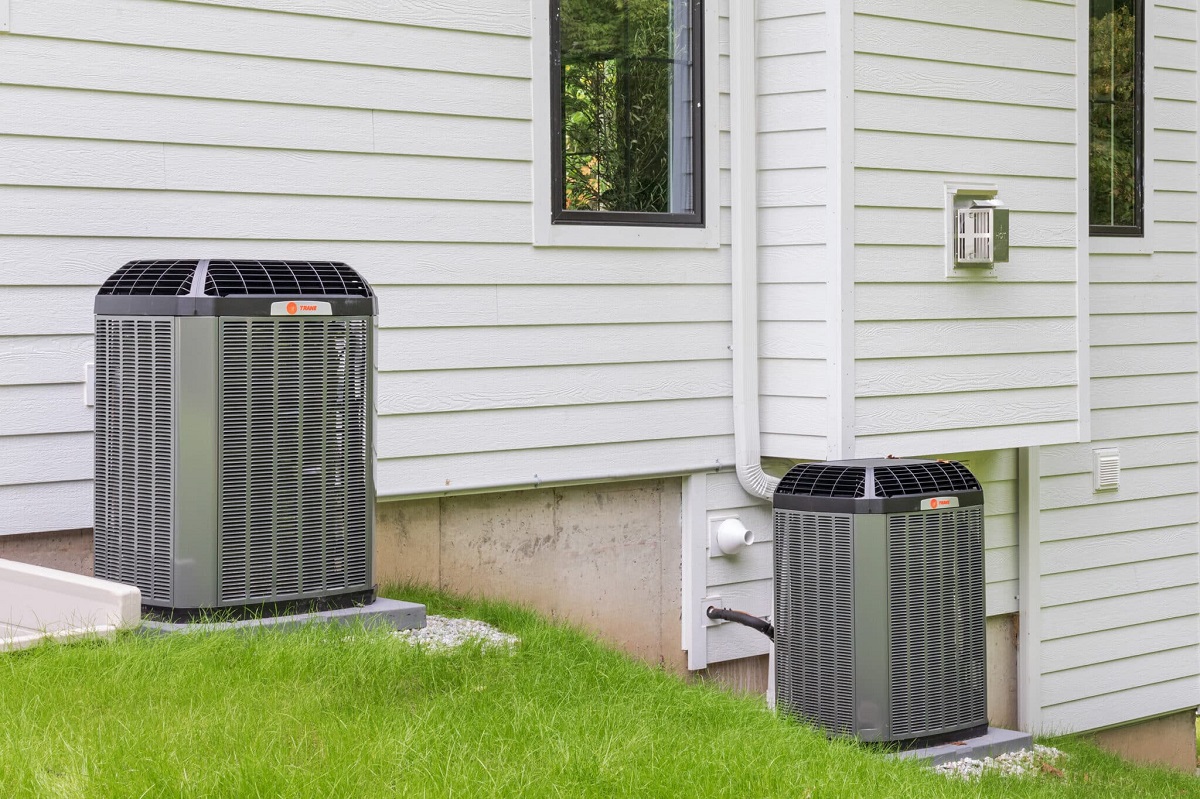
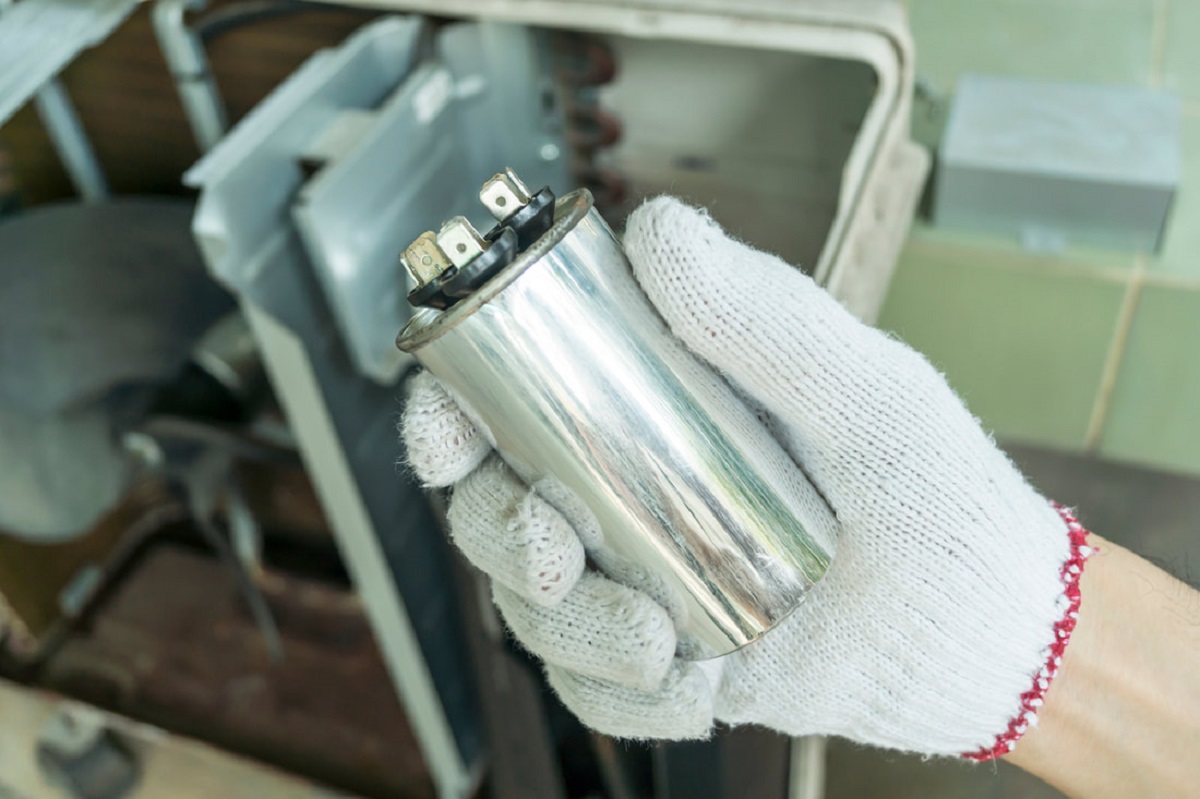
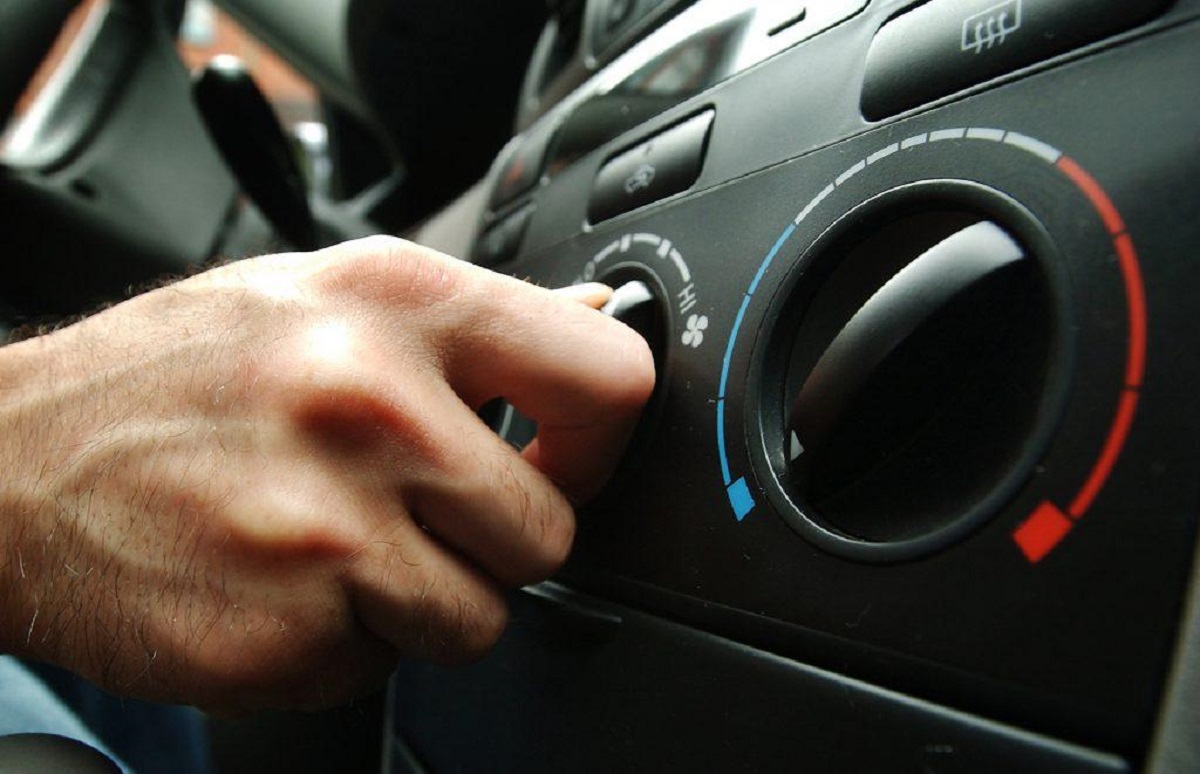
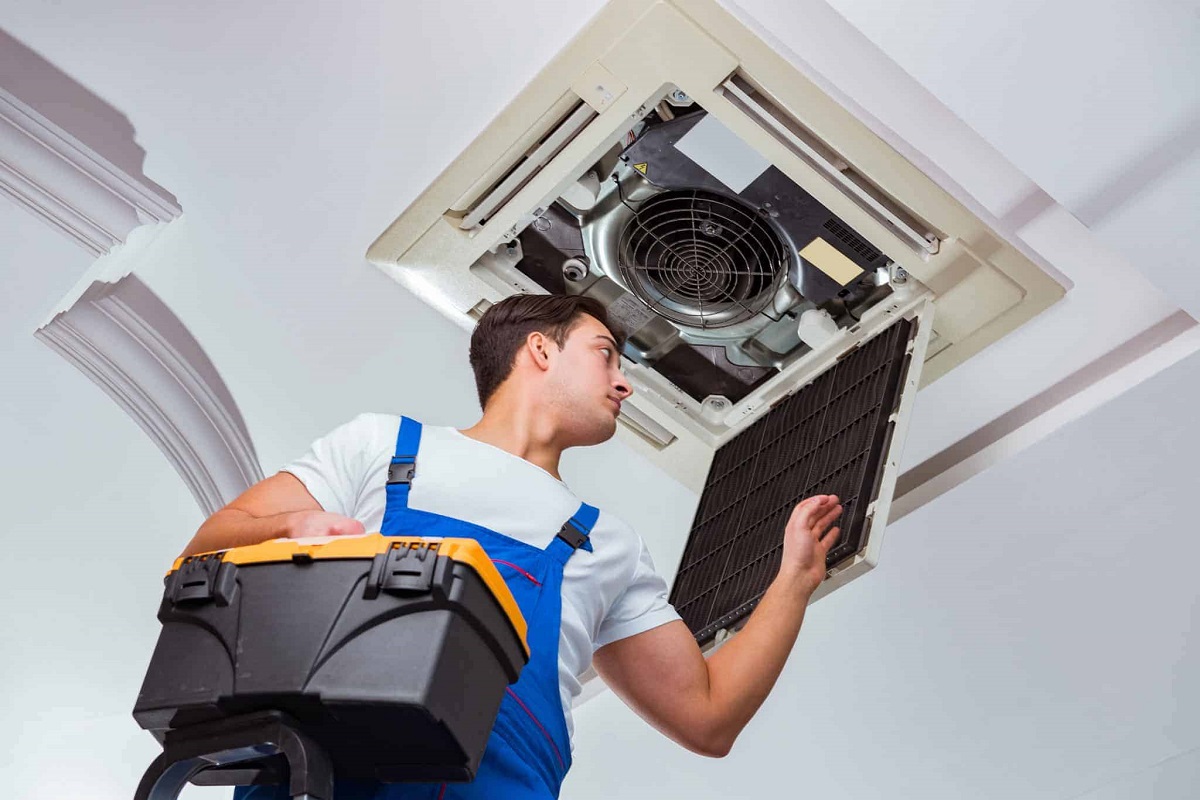
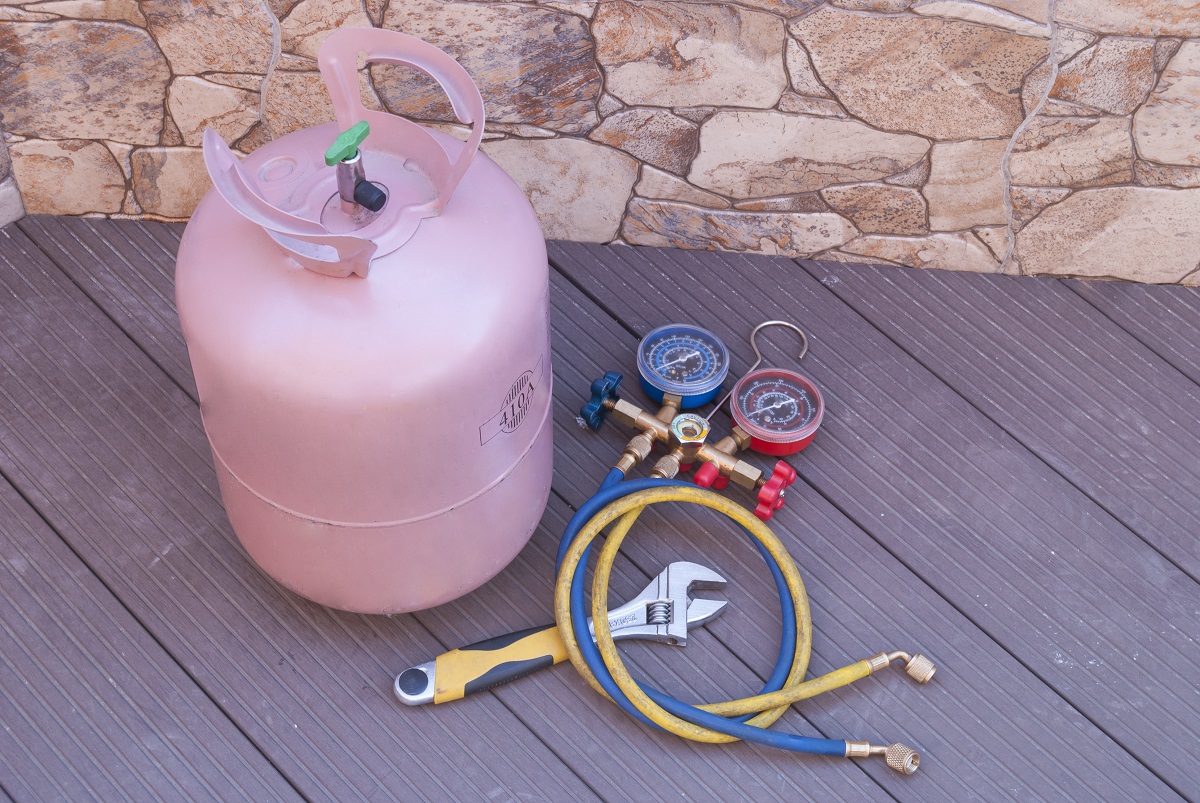

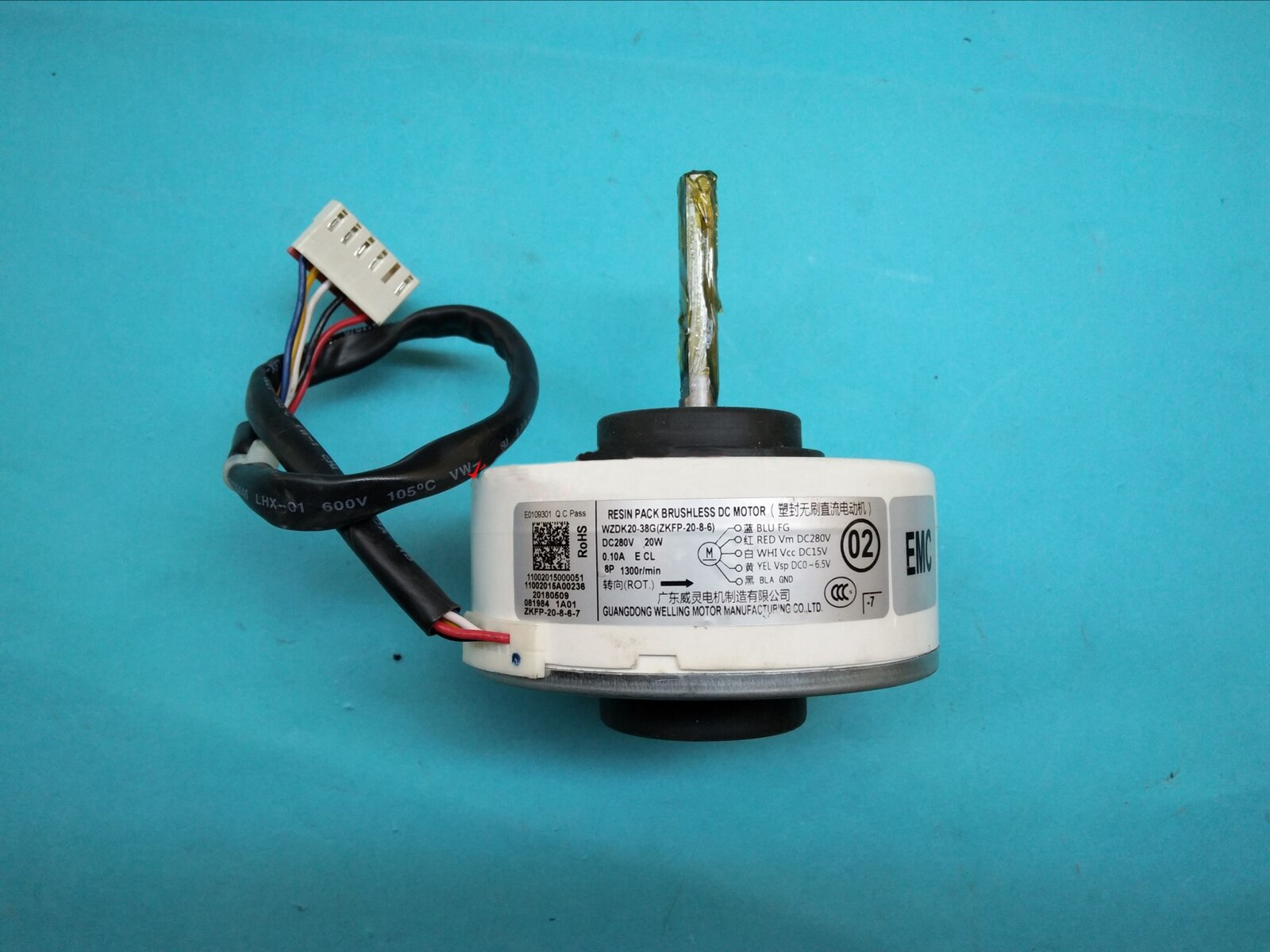
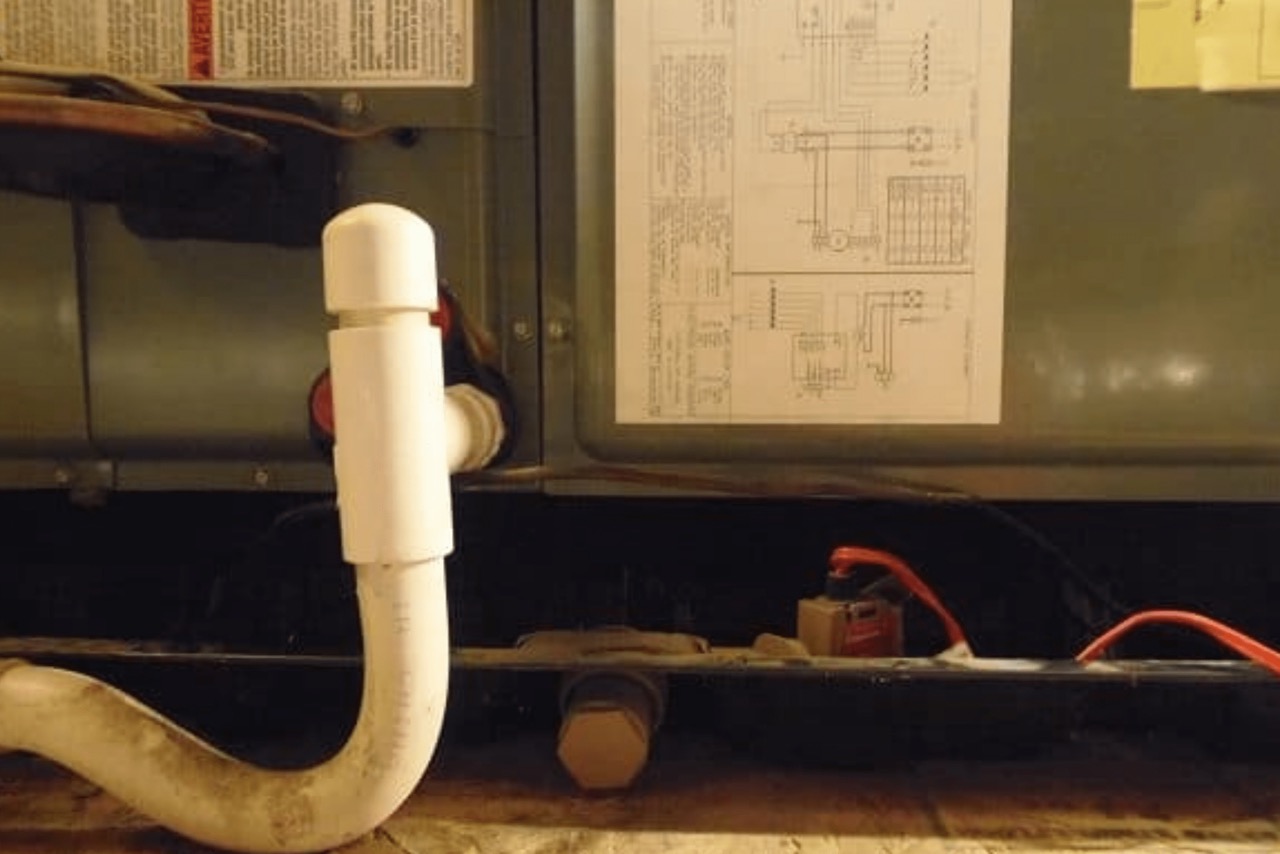
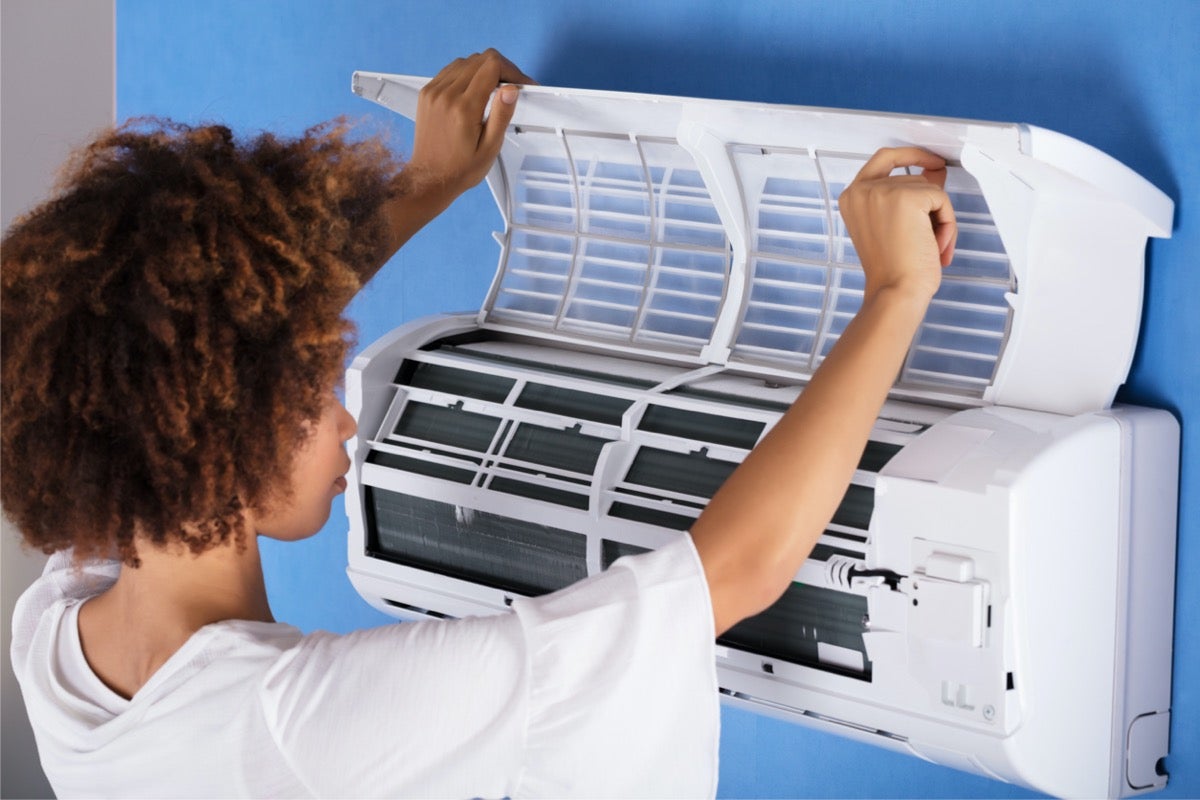

0 thoughts on “How Do Outdoor Ac Units Work”